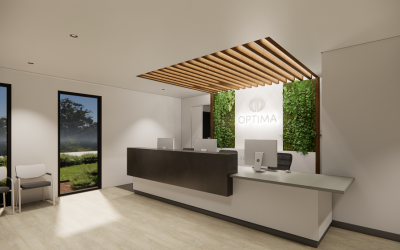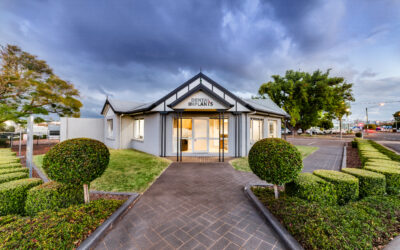Removing Barriers For A Better Patient Experience
Recently we outlined some key areas of dental practice design that often get overlooked for the more aesthetically inclined parts of a dental practice. We identified wayfinding, accessibility, and parking as key components to efficient dental practice design for your patients.
We have decided to expand on accessibility – to assist dentists in understanding the needs of all patients for a future proof dental practice design.
Operating within an inclusive society, every Australian business needs to ensure they are accessible to everyone, no matter their needs. Dental care remains a critically required health service for people with a disability yet it can be difficult to find a provider that meets their requirements. Creating a physical and social environment that encompasses and addresses the needs of everyone should be a driving force during the design phase of a new dental practice.
Accessibility is a key factor – or barrier – in the process of a dental appointment. While this may seem like a simple, everyday task that most of the population take for granted, for many with specific needs, every step of the process can prove difficult.
For those without a disability, we think of a dental appointment as just one action within our day. For those with a physical disability, this one step is broken down into micro-moments, each presenting potential for distress.
Some common barriers/considerations regarding accessibility:
- Researching and finding a dentist
Finding a dentist that ticks all the accessibility boxes can be difficult. The process can be arduous and goes beyond the reputation of the dentist providing the treatment, but takes into account the entire dental practice.
- Transportation to dental practice
Getting to your practice isn’t always easy. While this step is mostly outside of your control as a dental practice, being as accommodating as possible from the initial point of contact is essential.
- Staff / Patient interaction
While this may seem like an interpersonal aspect and not design related, simple things like height of reception countertops can be a barrier to the first interaction with staff on entry. This can also present issues when it comes to filling out forms and payment post treatment.
- General movement/circulation inside dental practice
Small, cluttered waiting rooms, narrow corridors, and tight doorways within a dental practice all present potential anxiety for those with a disability. If manoeuvrability is not seamless, those in a wheelchair may feel distress at being a potential burden or disturbance.
- Bathrooms
Adapting the design of a dental practice’s bathroom to meet everyone’s needs is crucial. Outside of meeting legal accessibility requirements, you are providing peace of mind knowing there is an accessible, functional bathroom within reach.
‘Accessibility’ goes beyond providing ramp access at your entry point, which most people initially think of. While this is often required by ‘National Construction Code’, dental practices that go the extra mile to create an accommodating patient experience for everyone are far more likely to build a happy, loyal, lifelong client base.
Take the time to internally audit your practice and identify any of these accessibility barriers. With each of these elements along the dental appointment pathway, conscious design can provide a solution through heightened accessibility practices.
Optima designs, builds, and fits out dental practices across Australia with patient experience – for all patients – front of mind.
Get in touch today to discuss your dental practice vision.



